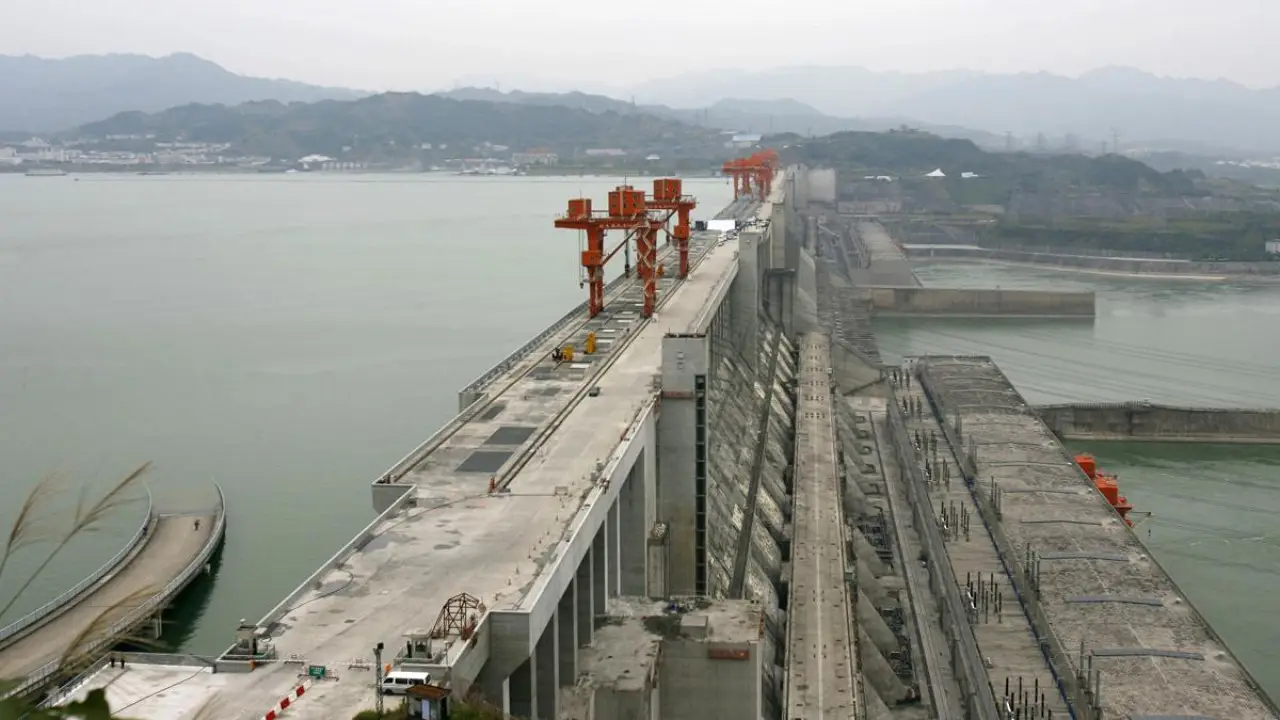
BrahmaputraDam (Social Media)
International News:China's decision to build a dam on the Brahmaputra River is not merely a natural disaster but a strategic blunder with significant geopolitical implications. By altering the flow of such a critical water resource, China risks escalating tensions with neighboring countries like India and Bangladesh, while also facing potential environmental consequences. This move, driven by water security concerns, could ultimately harm China’s own interests, creating long-term diplomatic, ecological, and economic challenges for the nation itself
China has built a gigantic dam on the Brahmaputra Waterway in Tibet (moreover known as the Yarlung Tsangpo). This extend, started to meet China’s vitality needs, has unintended results that might demonstrate negative not as it were to the environment but also to China’s political connections in the locale. The potential aftermath from this extension is more genuine than anticipated.
The Brahmaputra Stream is a help for India and Bangladesh. China’s dam-building activity has raised genuine concerns about the future of water accessibility for these nations. This extension might lead to a potential water emergency, disturb biological systems, and heighten pressures in territorial legislative issues. India has more than once questioned this extent, but China has to a great extent disregarded these concerns.
This dam is more than a fair and extended framework; it is also a show of China’s geopolitical impact. Be that as it may, this appearance of control may reverse discharge. The development of the dam is likely to strain relations with India and Bangladesh, including adding complexity to the as-of-now delicate water legislative issues of South Asia. This might disturb territorial solidness and compound existing tensions.
The dam has changed the characteristic stream of the Brahmaputra River, driving critical natural results. Changes in the river’s course may result in misfortune of biodiversity, diminished soil ripeness, and disturbances to characteristic surge administration frameworks. Specialists anticipate that the natural effect may decline as of now due to the challenging impacts of climate alteration in the region.
The neighbourhood populaces in Tibet and adjacent regions confront constrained uprooting due to this venture. Without their assent, China has pushed forward with the dam, causing social distress and disappointment. The need for thought for the welfare of nearby communities might lead to expanded insecurity inside Tibet itself, with developing resistance against the government's policies.
While China touts the dam as an arrangement for vitality generation and water capacity, the long-term natural and social costs are far more noteworthy. Farming, which is a key portion of China's rustic economy, has as of now started to feel the impacts of the dam. The project’s negative results are getting to be progressively apparent, raising questions about whether the financial benefits are worth the damage.
What was once considered an exhibit of China’s quality is presently rising as a discretionary obligation. As India, Bangladesh, and various worldwide natural organisations voice their restriction, China is confronting expanded worldwide investigation. This dam has ended up as a discretionary device for the region’s other powers to disconnect China and encourage universal gatherings.





Copyright © 2026 Top Indian News
